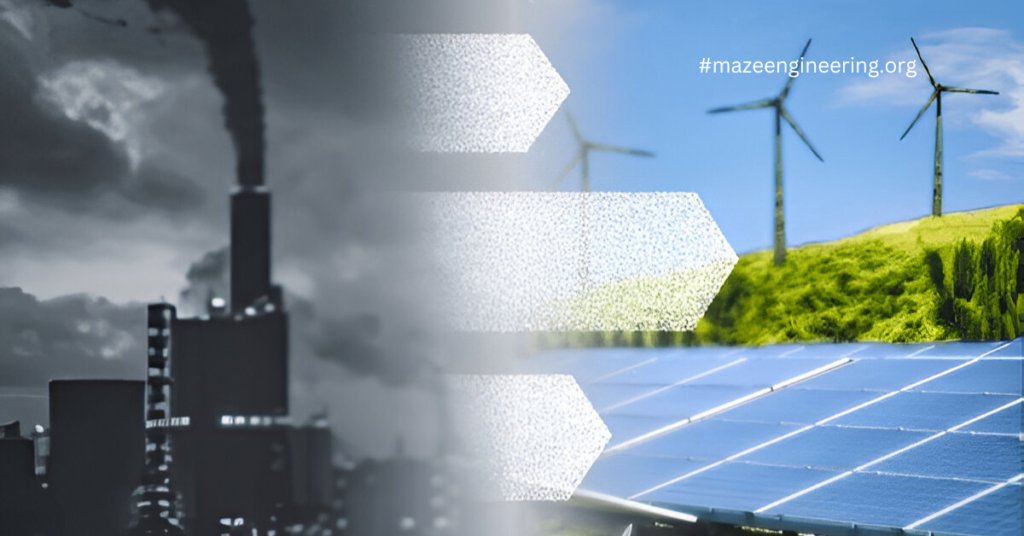Introduction
The global energy transition—a critical shift from fossil fuels to clean, renewable energy sources—has been underway for years. Despite widespread recognition of its importance for combating climate change, progress remains frustratingly slow. Why? Barriers ranging from policy inertia to technological and financial constraints are holding back momentum. To ensure a sustainable future, bolder actions must replace incremental change.
Barriers to the Global Energy Transition
1. Insufficient Policy and Political Will
Governments play a crucial role in setting the pace of the energy transition. However, many nations lack strong policies to incentivize renewable energy adoption or disincentivize fossil fuel use.
- Example: Despite commitments under the Paris Agreement, subsidies for fossil fuels continue to exceed investments in clean energy.
2. Financial Constraints and Risk Aversion
While renewable technologies have become more affordable, upfront capital costs can be significant. Developing nations often struggle with access to financing for green energy projects.
- Solution: Public-private partnerships (PPPs) and innovative funding models, such as green bonds, can help accelerate project execution.
3. Technological Limitations and Infrastructure Gaps
Energy storage technologies, grid systems, and transmission networks must evolve to integrate intermittent renewable sources like solar and wind effectively.
- Case Study: In parts of Africa and Asia, outdated grid systems hinder the distribution of renewable power to rural areas.
4. Global Inequities in Energy Access
While developed nations focus on reducing emissions, billions of people in underdeveloped regions still lack basic energy access. This inequality slows global progress.
- Real-World Action: Empowering local communities with decentralized energy solutions like microgrids can bridge the energy divide.
Advocating for Bolder Global Actions
The global energy transition requires decisive leadership, collaboration, and innovative approaches. Key recommendations include:
- Strengthen Global Policies and Commitments
- Implement enforceable climate targets and redirect subsidies from fossil fuels to clean energy innovation.
- Accelerate Technological Innovation
- Governments and corporations should invest in R&D for energy storage, grid modernization, and emerging technologies like hydrogen.
- Promote Fair Financing Mechanisms
- Develop funding tools that support developing economies to leapfrog to clean energy infrastructure.
- Focus on Localized Solutions
- Real-world examples like Germany’s Energiewende and community solar projects in Africa demonstrate that scalable solutions can succeed globally.
Conclusion
The time for incremental action has passed. While barriers to the energy transition exist, the solutions are already at our disposal. Governments, businesses, and individuals must collaborate, invest, and advocate for policies and technologies that will accelerate the clean energy movement.


